FARO LED lamps and tubes
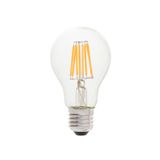

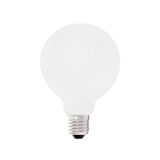
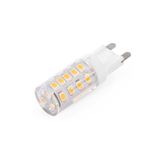

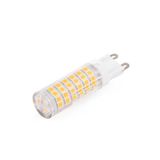
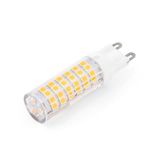
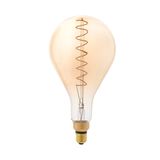

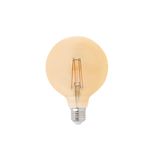
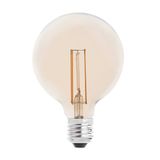
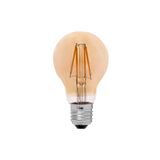
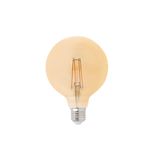
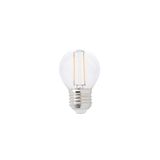
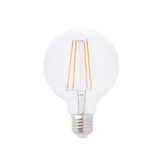

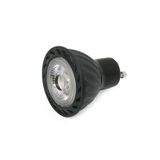
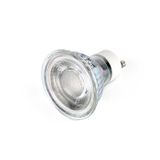

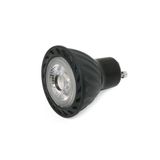
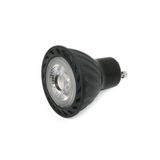


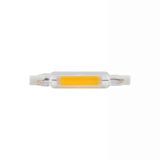

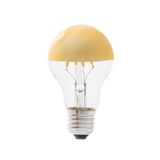
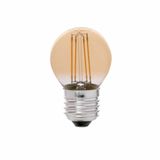



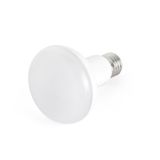
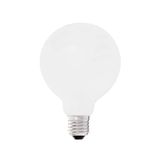
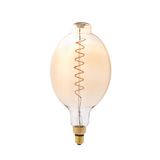
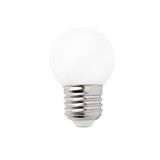
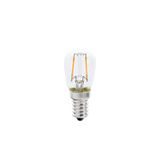
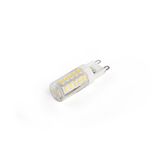

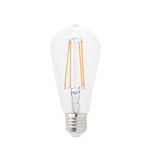


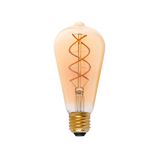
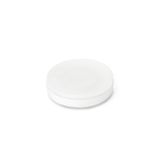
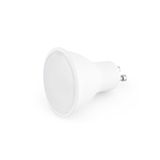
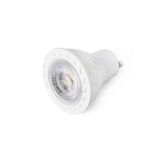

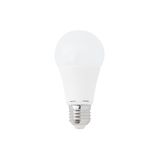


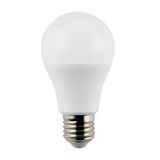
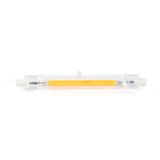

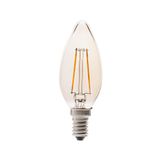

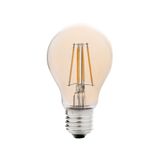
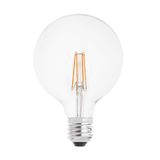
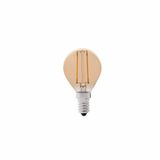
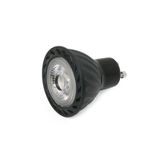

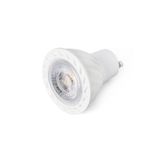
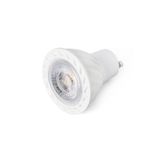
-
-
1
- 2
-
Faro LED Lamps — Faro LED Lamps, Faro LED Light Bulbs, Faro LED Lighting
When you’re specifying lighting for a commercial-build or large-scale fit-out, the “bulb” category might not get all the glory, but it sure takes the blame when something looks off. For systems integrators and procurement managers the difference lies in how the product behaves on site, how easily you swap it, how it integrates into the control loops. The Faro LED lamps range — from retrofit LED bulbs to full-LED lamp series — has enough variation to cover most indoor and mid-level ambient lighting installations. In practice, we’ve used them where replacements are required mid-project, or where the client insisted on future-proofing and energy savings without compromising uniformity or colour stability. They’re not just energy-saving LEDs; they’re modules you’ll seat once and forget about.
Technical Characteristics of Faro LED Lamps
- Input voltage / supply: most models rated for 220-240 V AC mains; some versions may accept 100-277 V for wider compatibility.
- Lamp types & form-factors: standard A-type retrofits, GU10/MR16 replacements, tubular LED lamps and integral-lamp series; consistent fit-and-forget mountings.
- Lumen output & efficiency: ranges from small retrofit bulbs (~400-600 lm) up to higher-output lamps (~3000+ lm) depending on model; typical efficacy 80-120 lm/W in this class.
- Colour temperature & colour-rendering: variants in 2700 K (warm), 3000 K/4000 K (neutral) and up to 5000 K (cool white); CRI commonly ≥ 80, higher in premium lines.
- Operating environment: temperature range typically from -10 °C to +40 °C for most indoor models; some “damp room” variants rated for higher humidity and tougher conditions.
- Mechanical & service features: threaded bases (E27, E14) or GU10 bi-pins; some series prewired for easy panel replacement; long service life (50 000-100 000 hours) and minimal maintenance.
- Certifications & safety: CE-marked, compliant with EN 60968/EN 61547 for LED lamps; many include thermal protection, driver short-circuit protection and are flicker-free down to low dim levels.
Practical Use-Cases and Site Behaviour of Faro LED Lamp Series
In real projects we’ve replaced fluorescent “warm white” downlights with Faro LED light bulbs during an apartment block retrofit. Installers swapped out roughly 500 units in a week: the drop-in form-factor meant no new ceiling cut-outs, no frame changes. The colour match across the lamps was stable — same warm tone, same beam-pattern, so corridors looked consistent. On another job (office refurbishment), the FARO LED lamp series was specified for open-plan floor lighting — dimmable drivers were required, emergency-compatible versions added. Since the lamps were already driver-matched and labelled per batch, commissioning went smoother. A warehouse lighting project used Faro energy-saving LEDs in high–bay fittings: the retrofit version reduced power draw by around 40% and the client reported cooler ambient temperatures (less heat load). From experience: when you get a lamp range where the form-factor, driver compatibility and colour tone are controlled, you avoid field-issues like mismatched light levels, flicker complaints or early replacements.
What Procurement Teams Compare Before Ordering Faro LED Retrofit Lamps
When you’re buying in volume for high-rise blocks, office campuses or hospitality installs, here’s the checklist you’ll see:
- Model options & variants: which base type (E27, GU10), which lumen output, which driver/dimming format.
- Colour temperature and beam angle: matching appearance and distribution across spaces matters for consistency and user comfort.
- Driver compatibility & dimming format: fixed output vs dimmable (phase-cut/0-10V/DALI) — whichever the project uses.
- Packaging & MOQ: lamps often boxed per unit or 10-unit cartons; for large jobs you’ll want palletised shipping, clear batch codes for traceability.
- Lead-time and logistics: would the lamps ship from stock or need special order? For refurbs you need predictable delivery on tight schedules.
- Spare parts & batch matching: in lighting systems you’ll often want same batch to avoid colour shift — procurement checks availability months out.
- Energy savings & life-cycle cost: while appearance is one thing, buyers now compare lifetime hours, lumen maintenance (Lm60 @10 000h), warranty duration. Lamps that cut energy and maintenance cost win.
In a real scenario, procurement stalled because the specified LED lamp had a different beam spread than the existing downlight — corridors ended up brighter at the edges. Getting the correct beam angle up front makes a difference
Long-Term Considerations for Faro LED Lamp Systems
When the installation is done and the lights are supposed to last without intervention, several things matter: driver thermals, ambient conditions, service access. For example, in high-bay warehouses we’ve found that even good lamps can suffer if they’re mounted above heat ducts or poorly ventilated ceiling voids — the Faro LED lamp range addresses that by recommending suitable ambient range and driver derating. Service teams appreciate when the lamp body is labelled clearly with batch code and driver spec — makes maintenance easier in 5-10 years. Also, standardising on one lamp family means spares are easier to carry, replacements are quicker, and visual uniformity is preserved. That pays off in large-scale installations where multiple floors or wing builds happen over time.